Creating a backyard food forest is a great way to grow your own fresh, healthy food while also creating a sustainable and self-sufficient ecosystem. Whether you have a small or large backyard, you can design and plant a food forest that will provide you with a bounty of fruits, nuts, and vegetables year after year.
Designing a Backyard Food Forest

One of the first things to consider when designing a small backyard food forest is the layout. A common design is to have a central tall fruit tree, such as an apple or pear tree, surrounded by smaller fruit bushes and shrubs, such as blueberries, raspberries, and currants. Around the perimeter of the food forest, you can plant herbs, vegetables, and other useful plants, such as comfrey and nasturtiums.
When choosing plants for your food forest, it is important to consider the soil and the climate in your area. Many fruit trees and bushes require well-drained soil and a certain amount of sun, so be sure to research what plants will thrive in your specific location. It’s also important to consider the size of the mature plants, and how much space they will take up.
In addition to choosing the right plants, it’s important to keep the food forest well-maintained. This includes regular watering, pruning, and mulching. An important aspect of maintaining a food forest is to ensure that the plants are not overcrowded and have enough space to grow and thrive.
Another important aspect of designing a small backyard food forest is to incorporate permaculture principles, such as using companion planting and creating microclimates. Companion planting is the practice of planting different species of plants together that have a beneficial relationship, such as planting legumes, like beans and peas, near nitrogen-loving plants like corn or broccoli. Microclimates are small areas in the garden that have different conditions than the surrounding areas, such as a sunny spot, a shaded area, or a spot that stays moister than the rest of the garden.
Overall, designing a small backyard food forest is a fun and rewarding process that will provide you with fresh, healthy food while also creating a sustainable ecosystem. With proper planning, research and maintenance, a small backyard can be transformed into a thriving food forest that will provide you with a bounty of fruits, nuts, and vegetables for years to come.
Keyword: backyard food forest, growing a backyard food forest, steps to grow a backyard food forest, tips to grow a backyard food forest
Check out Little Tree Food Forest for articles on food forests and homesteading.
Check out StoryScapes for articles on creative writing.
Related Content
Related Content
Subscribe to our newsletter to get information delivered to your inbox on edible landscaping, growing food and medicinal plants, growing mushrooms, foraging, fermentation, food preservation, raising small livestock, and more.







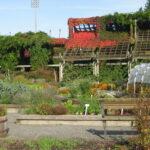
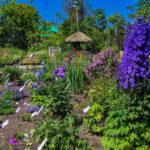
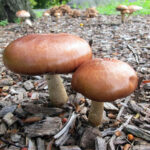

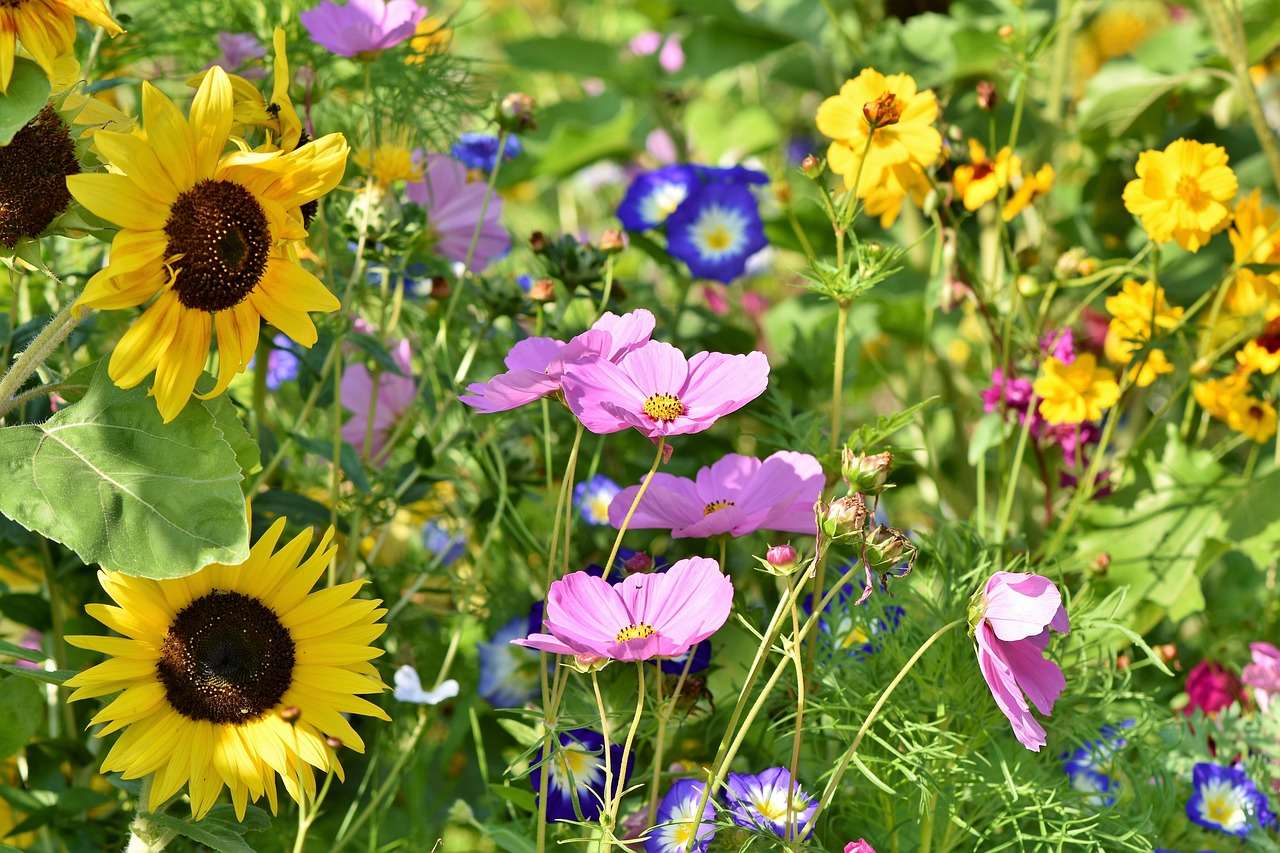

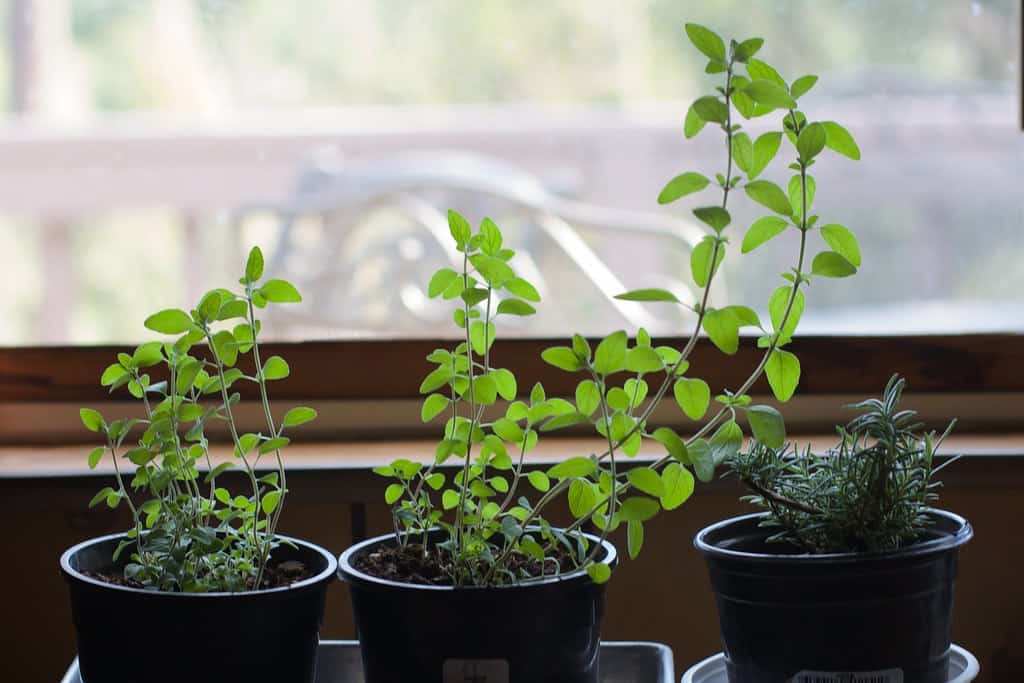
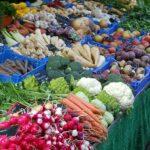
One thought on “Designing a Productive Small Backyard Food Forest”
Comments are closed.